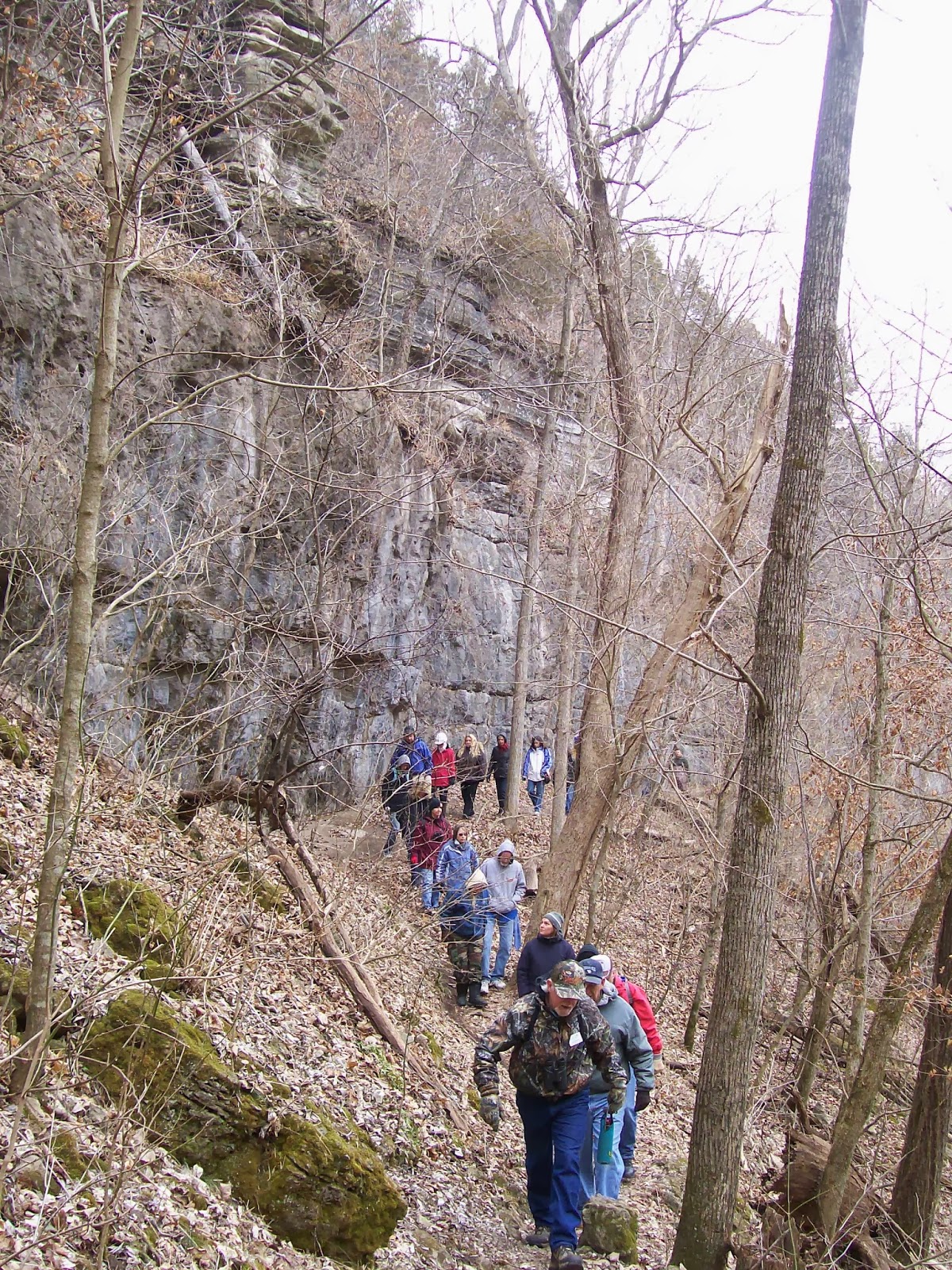Springtime Bunnies and Flowers!
We discovered the best fertilizer for our gardens when we had a 50 acre hobby farm between 1979-1986 near Flemington, Missouri. Our farm had a milk cow, chickens, bee hives, and rabbits for livestock. Mostly we had rabbits…lots of rabbits! And with rabbits came lots of rabbit manure for the garden. We had a bountiful garden then and still do today as we continue to use this wonderful natural, organic fertilizer. When we moved into town, we brought a pickup load with us!
Because rabbit manure is a "cold" manure, it can be added directly to the soil before or after planting unlike "hot" fertilizers such as cow or chicken manure which would burn the plants unless it was composted for several months before application. The rabbit's digestive system does most of the work so it's droppings are broke down more readily into the minerals needed immediately by the plants. I think RABBIT... I think PRODUCTION!
Finding a source for rabbit manure can be a challenge since we no longer raise them ourselves. One year we found a source on Craig's List! We have had a good source the past few years and hope they continue raising rabbits. Since these bunny berries are only available in limited supply, finding a source and keeping it to yourself is like finding a good morel mushroom area. If you told others about it, it likely won't be there for you because too many people would deplete the source.
We buy it by the pickup load and that holds about three loader scopes which we paid $35/scope. We have three gardens that get the bulk of it and that's about two wheel barrow loads per garden with some left over for various other landscape areas.
This photo shows our three gardens on the first full day of Spring after a pickup load of rabbit manure had been worked in six days before planting radishes, lettuce, spinach, leeks, beets, and cilantro. The greenery in the photo is last Fall's late planting of spinach which just had time to emerge a few leaves and then winter's cold came. It is amazing that they stopped growing and went dormant and are now growing again! It was an unusually harsh winter and this super-food stayed alive! Could it have been because of last year's super rabbit manure?

There's something very magical about rabbits…just follow the White Rabbit to Wonderland! You might just pick up a few things along the way that will make you grow.




















